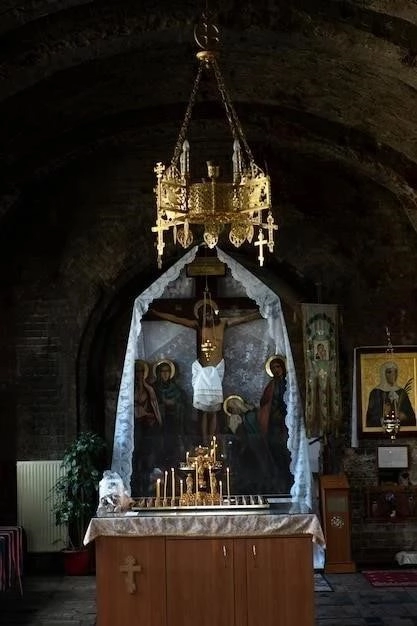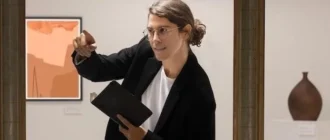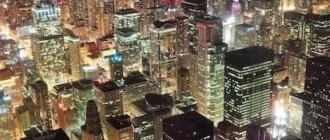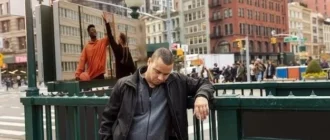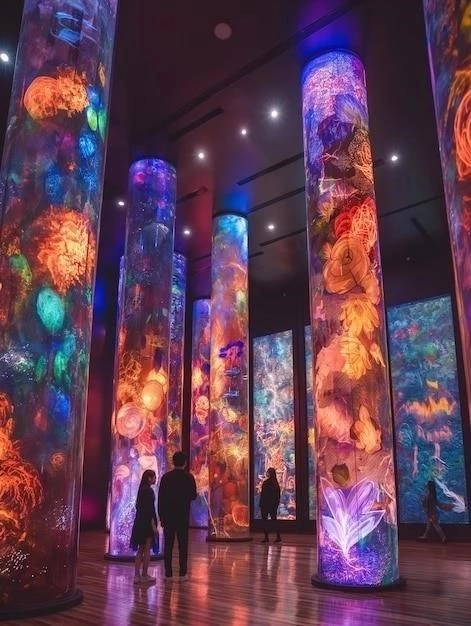The History and Transformation of Lincoln Square
Lincoln Square, centered on the bustling intersection of Broadway and Columbus Avenue, underwent a dramatic transformation in the mid-20th century. Previously, this area was known as San Juan Hill, a vibrant, predominantly African American and Caribbean neighborhood. The construction of Lincoln Center for the Performing Arts, a massive urban renewal project, led to the displacement of thousands of residents and businesses, forever altering the neighborhood’s social fabric and replacing it with a hub for world-class arts and culture.
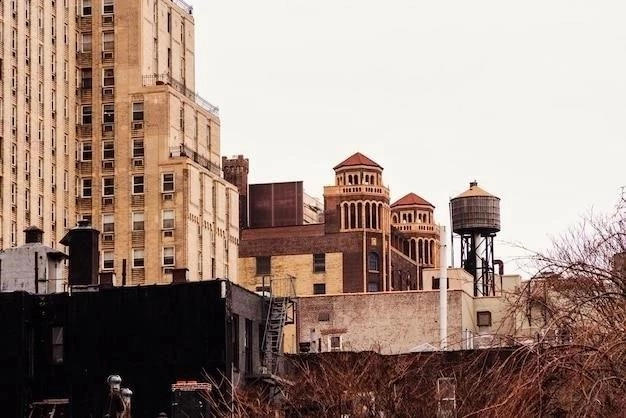
Lincoln Center: A Cultural Hub
Lincoln Center for the Performing Arts stands as a towering achievement in the realm of arts and culture, not just within New York City but on a global scale. This sprawling 16.3-acre campus, a product of ambitious urban renewal efforts in the 1960s, brought together a constellation of world-renowned performing arts institutions under a unified architectural vision. At the heart of this cultural behemoth lies the Metropolitan Opera, celebrated for its grand productions and stellar roster of international opera stars. Sharing this prestigious address is the New York Philharmonic, one of the oldest symphony orchestras in the United States, revered for its masterful interpretations of the classical canon and dedication to contemporary works. Adding to the Center’s allure is the New York City Ballet, a company synonymous with the innovative choreography of George Balanchine and a training ground for generations of elite dancers.
Beyond these flagship institutions, Lincoln Center encompasses a diverse array of performance spaces, each catering to a specific artistic niche. The Vivian Beaumont Theater, a Tony Award-winning Broadway house, showcases both classic and contemporary plays, while the Mitzi E. Newhouse Theater provides a more intimate setting for experimental and off-Broadway productions. For devotees of dance, the David H. Koch Theater offers a state-of-the-art venue for ballet, modern dance, and other movement-based performance styles. Adding to the Center’s multidisciplinary spirit is Jazz at Lincoln Center, a vibrant institution led by the renowned trumpeter Wynton Marsalis, which celebrates the rich history and evolving traditions of jazz music through performances, educational programs, and global outreach initiatives. Lincoln Center’s impact extends far beyond its stages; it serves as a catalyst for artistic innovation, a magnet for international talent, and a source of cultural enrichment for residents and visitors alike.
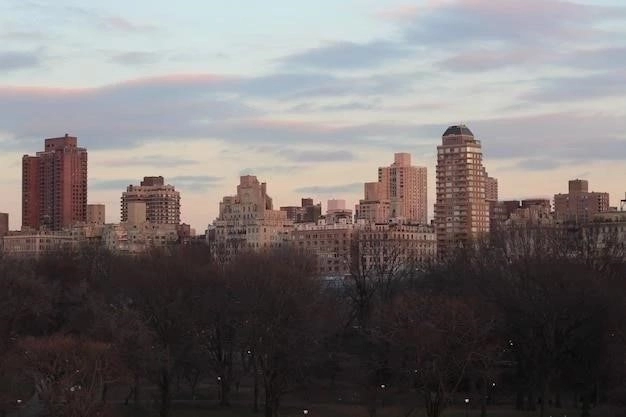
Residential Life in the Upper West Side
The Upper West Side presents a compelling blend of urban dynamism and residential tranquility, attracting a diverse mix of residents, from young professionals and families to established intellectuals and artists. Its stately brownstones and pre-war apartment buildings, many lining verdant, tree-lined avenues, exude an aura of timeless elegance and sophistication. The neighborhood’s enduring appeal lies in its unique ability to cater to a variety of lifestyles, offering both the vibrancy of city living and a strong sense of community. For families, the Upper West Side provides a nurturing environment, with a plethora of top-rated public and private schools, along with numerous playgrounds and family-friendly cultural institutions, such as the American Museum of Natural History and the Children’s Museum of Manhattan.
Beyond its family-oriented amenities, the Upper West Side pulsates with a distinctly intellectual and artistic energy, a legacy of its long association with writers, musicians, and academics. This spirit is palpable in the neighborhood’s many independent bookstores, art galleries, and live music venues, which provide ample opportunities for intellectual stimulation and creative exploration. Adding to the neighborhood’s appeal is its pedestrian-friendly layout, with easy access to the sprawling green spaces of Central Park and Riverside Park, offering residents a respite from the urban bustle. From its charming sidewalk cafes and gourmet food markets to its vibrant cultural scene and diverse array of residential offerings, the Upper West Side embodies a coveted blend of urban sophistication and neighborhood charm, cementing its status as one of Manhattan’s most desirable enclaves.
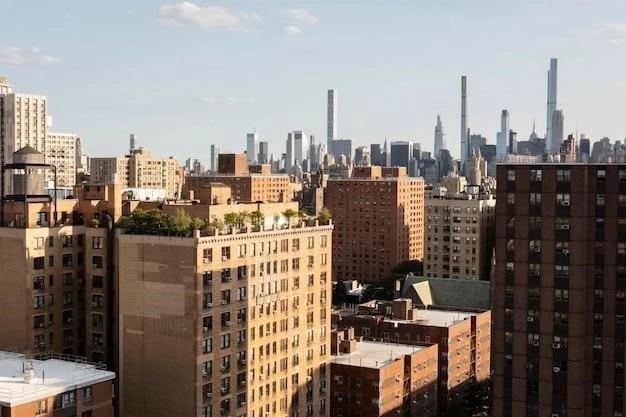
Architectural Heritage and Notable Buildings
The Upper West Side stands as a veritable open-air museum of architectural styles, reflecting the evolution of New York City’s urban landscape from the late 19th to the mid-20th centuries. Rows of stately brownstones, with their distinctive facades of carved sandstone and intricate ironwork, lend an aura of Gilded Age grandeur to the neighborhood’s tree-lined side streets. These architectural gems, once home to wealthy industrialists and prominent families, now house a mix of residents drawn to their historic charm and spacious interiors. Equally impressive are the neighborhood’s grand pre-war apartment buildings, many lining the avenues overlooking Riverside Park and Central Park. These architectural marvels, often featuring ornate lobbies, elaborate cornices, and gracious layouts, speak to a bygone era of sophisticated urban living.
Beyond its residential architecture, the Upper West Side boasts a collection of notable landmarks that contribute to its rich cultural tapestry. The Cathedral of St. John the Divine, an awe-inspiring example of Gothic Revival architecture, stands as one of the largest cathedrals in the world, its towering arches and stained-glass windows inspiring a sense of spiritual reverence. Across from Lincoln Center, the imposing edifice of the San Remo Apartments, with its distinctive twin towers crowned by Renaissance-style loggias, has long been a coveted address for celebrities and cultural icons. Further north, the Soldiers’ and Sailors’ Monument, a majestic Beaux-Arts triumphal arch commemorating Union soldiers who fought in the Civil War, stands as a testament to the neighborhood’s enduring connection to American history. From its stately brownstones to its grand apartment houses and monumental landmarks, the Upper West Side’s architectural heritage reflects its evolution as a beacon of urban elegance and cultural significance.
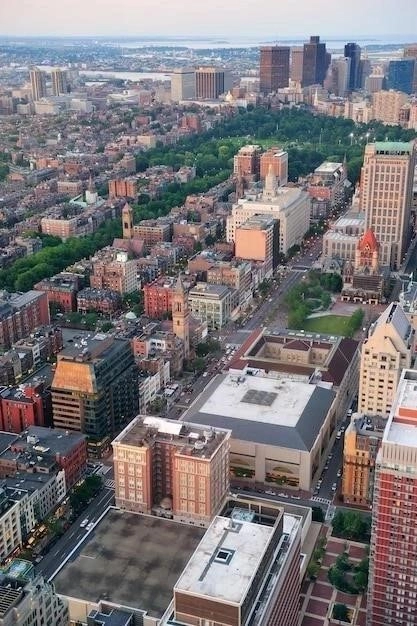
Green Spaces and Urban Oasis
The Upper West Side distinguishes itself not only for its architectural grandeur and cultural vibrancy but also for its remarkable access to nature, a rare and coveted amenity in the heart of a bustling metropolis. Its western border defined by the scenic Hudson River, the neighborhood offers breathtaking waterfront vistas and a continuous ribbon of green space along Riverside Park. This sprawling urban oasis, stretching for four miles along the river’s edge, provides a tranquil escape from the city’s clamor, with its picturesque promenades, bike paths winding beneath leafy canopies, and grassy lawns offering idyllic spots for picnics and leisurely afternoons.
Further enhancing the neighborhood’s appeal is its proximity to Central Park, a verdant expanse that needs no introduction. Just steps from the grand apartment buildings lining Central Park West, residents can immerse themselves in this urban wonderland, whether strolling through the Conservatory Garden’s meticulously manicured flowerbeds, picnicking on Sheep Meadow’s sprawling lawn, or exploring the Ramble’s wooded trails, a haven for birdwatchers and nature enthusiasts. These expansive green spaces are not mere aesthetic embellishments; they are integral to the Upper West Side’s identity, fostering a sense of community and providing residents with opportunities for recreation, relaxation, and a revitalizing connection to the natural world amidst the urban landscape. The presence of such abundant greenery elevates the Upper West Side beyond a mere residential enclave, transforming it into a true urban oasis.



